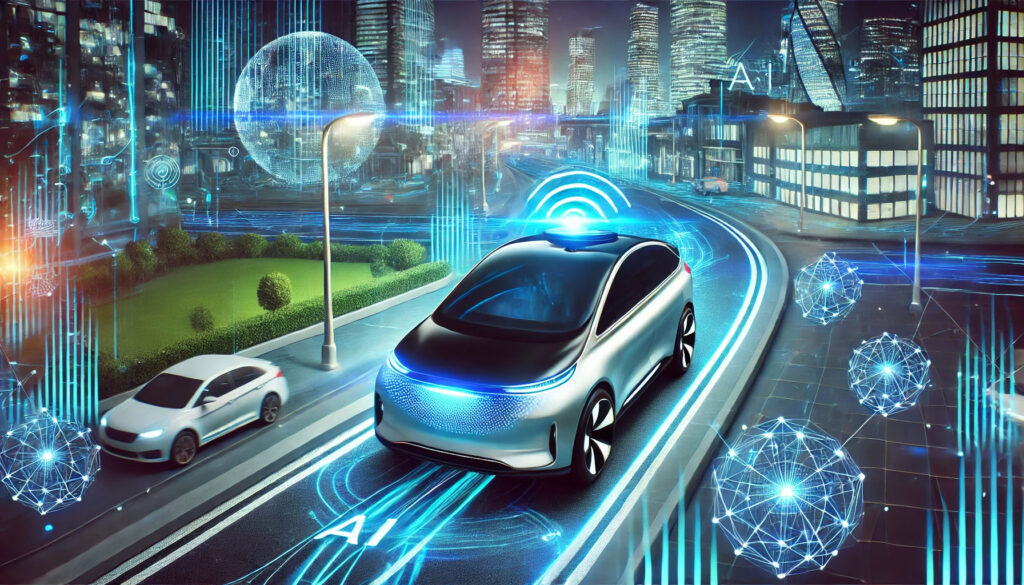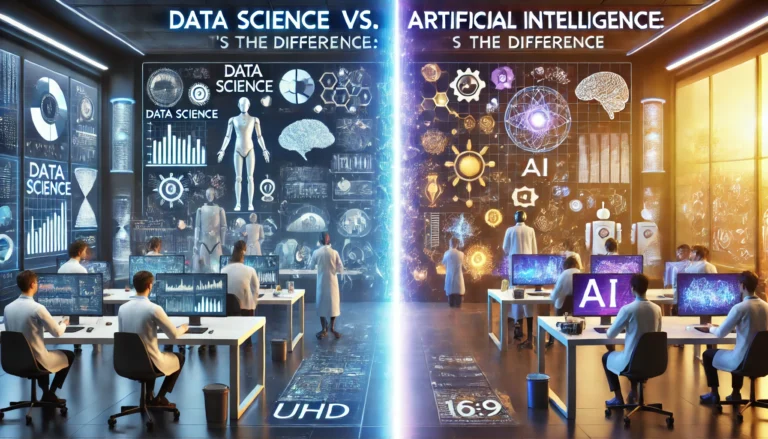
Autonomous vehicles (AVs), once confined to science fiction, are rapidly becoming a reality due to the swift advancement of artificial intelligence (AI). These self-driving cars will revolutionize not only the way we travel but also industries like logistics, urban planning, and even public safety. As AI continues to evolve, experts predict that AVs will reshape the global transportation landscape in the coming decades.
Key Technologies Behind Autonomous Vehicles

The success of AVs hinges on a combination of advanced technologies. LIDAR and radar systems provide a 3D view of a vehicle’s surroundings, detecting obstacles, pedestrians, and road markings with incredible accuracy. High-definition cameras capture detailed images for object recognition, while GPS and mapping systems ensure precise navigation and route planning.
At the heart of these technologies lies AI. Machine learning algorithms process data from sensors and cameras, enabling the vehicle to make real-time decisions, such as when to brake, accelerate, or change lanes. This ability to “learn” and adapt to new situations is what sets autonomous vehicles apart from traditional vehicles.
AI: The Driving Force

AI makes AVs truly autonomous. By analyzing data from sensors and cameras, AI systems build a comprehensive understanding of the environment. After processing this data, the AI makes real-time decisions, such as adjusting speed and navigating complex driving conditions. Over time, machine learning enables AVs to improve their performance by learning from new experiences.
Expanding Applications Across Industries
Autonomous vehicles are not just limited to personal transport. They are set to transform several industries. Ride-sharing companies, like Waymo and Tesla, are developing self-driving taxis that promise to reduce congestion and provide greater accessibility. Self-driving trucks are already undergoing tests in the freight and logistics industries, where they could significantly reduce costs and improve efficiency.
The impact of AVs also extends to public services. Developers are working on autonomous ambulances, fire trucks, and police vehicles to improve response times in emergencies. Additionally, AVs could play a crucial role in the development of smart cities, where they will communicate with infrastructure to optimize traffic flow and reduce emissions.
Challenges and Ethical Dilemmas
Despite the promise of AVs, there are several hurdles to overcome. Ensuring safety in all driving conditions is a major concern. Autonomous vehicles must be capable of navigating not only ideal conditions but also unpredictable road situations, from inclement weather to complex traffic scenarios.
Ethical considerations also present challenges. The “trolley problem,” a thought experiment about making life-or-death decisions, highlights the moral dilemmas faced by AI in AVs. How should a vehicle react when faced with an unavoidable accident scenario?
Public trust is another barrier. While AVs hold great potential, convincing the public of their safety and reliability will be key to their widespread adoption.
Economic Impact: Job Creation and Cost Savings
The advent of autonomous vehicles is set to bring both economic benefits and challenges. On one hand, the technology is creating new jobs in AI development, data analysis, and vehicle maintenance. On the other hand, traditional driving jobs may face risks, requiring retraining programs and new policies to support workers in affected industries.
Businesses also stand to gain substantial cost savings. AVs will reduce fuel consumption, optimize delivery routes, and minimize operational costs, leading to significant savings in industries like logistics and public transportation.
AI’s Future Role in Autonomous Vehicles
As AI technology continues to evolve, autonomous vehicles will only get smarter. Emerging trends like edge computing will allow AVs to process data more quickly, while swarm intelligence will enable vehicles to coordinate with one another for optimal traffic flow. Furthermore, the integration of AVs with the Internet of Things (IoT) will allow vehicles to communicate with smart infrastructure, further improving their efficiency.
Environmental Impact and Sustainability
Autonomous vehicles will also positively impact the environment. By optimizing driving patterns, AVs reduce fuel consumption and emissions, contributing to cleaner air. Many AVs will be electric, further decreasing reliance on fossil fuels.
Global Trends and Predictions
Experts predict that by 2040, autonomous vehicles could make up a significant portion of global traffic. Collaboration between technology companies, automakers, and governments will drive innovation and ensure the safe integration of AVs into existing transportation networks. AVs will also improve accessibility for elderly and disabled individuals, helping bridge mobility gaps.
Conclusion
The future of autonomous vehicles and AI is fast approaching, promising sweeping changes in how we move, work, and live. While challenges like safety, regulation, and public acceptance remain, the continued advancement of AI and collaboration across industries are paving the way for a new era in transportation. As AVs evolve, their impact will likely extend far beyond the roads, shaping the cities and economies of tomorrow.




